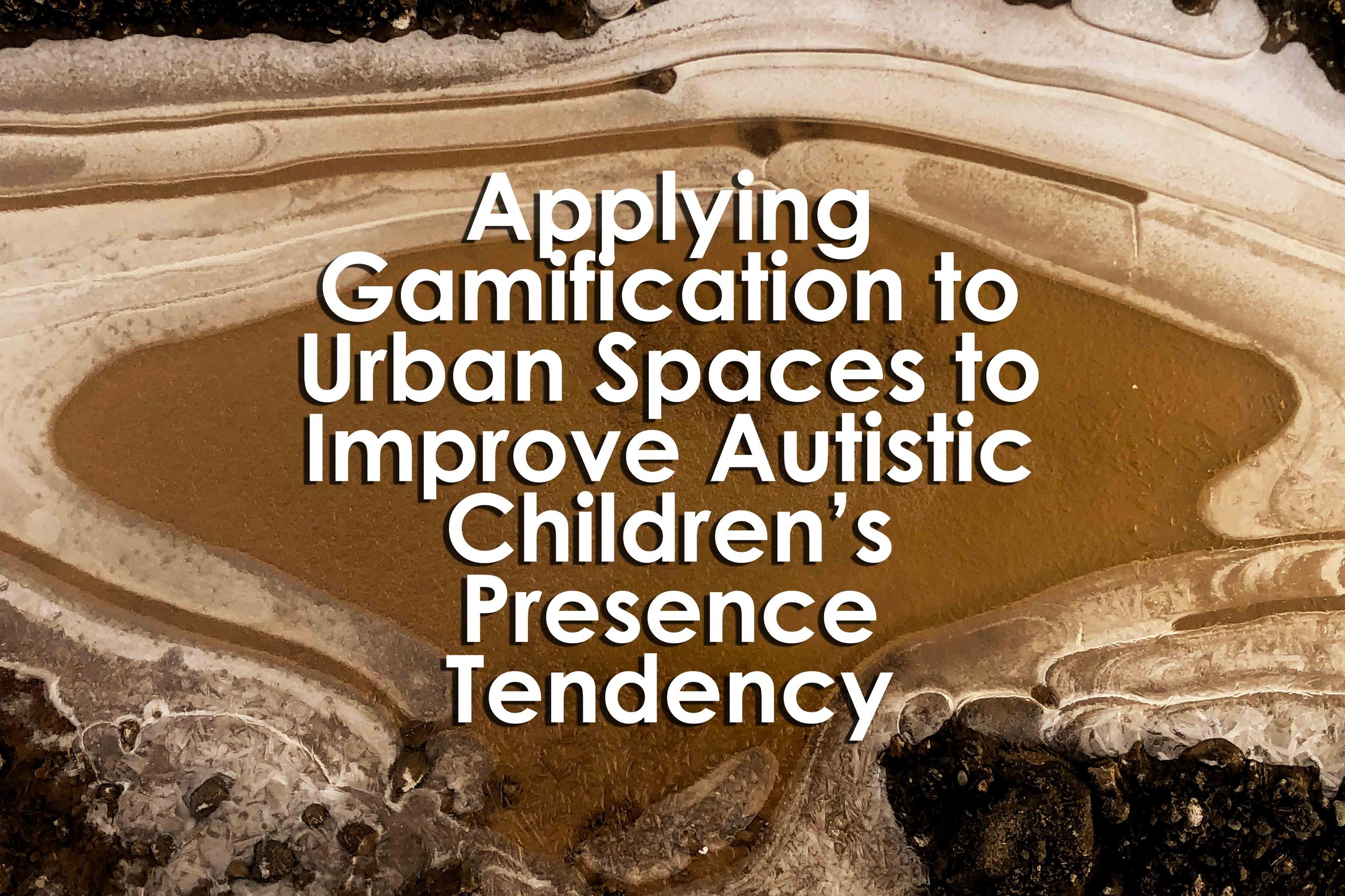Applying Gamification to Urban Spaces to Improve Autistic Children’s Presence Tendency
Applying Gamification to Urban Spaces to Improve Autistic Children’s Presence Tendency
Applying Gamification to Urban Spaces to Improve Autistic Children’s Presence Tendency
By Elyar Mohammadzadeh Nabieand Minou Gharebaghlou
Abstract
“Cities in today’s world have failed to meet the needs of certain groups despite the progress and development in their various dimensions. One of these groups is children, especially those who have autism spectrum disorder. Cities should be planned and designed in such a way as to allow the presence of this group of people. This paper examines examples of gamification in urban environments from many places throughout the world. Also, it summarizes the relationship between autism, gamification, and urban spaces by examining several examples of autism and offers suggestions for gamifying urban spaces for autistic children. This qualitative research employed the descriptive-analytical method to investigate the desirability of using the urban gamification approach for autistic children’s comfort and relaxation. For this purpose, the data were collected from samples applied and previously implemented cases on this issue. The results are offered as suggestions for the gamification of urban places that are appropriate for autistic children so that the process of playing in the city can be implemented for autistic children while taking psychological, mental, and physical issues into account.”
Reference
MohammadzadehNabie, E., & Gharebaghlou, M. (2022, March). Applying gamification to urban spaces to improve autistic children's presence tendency. Retrieved May 3, 2022, from http://www.manzar-sj.com/article_144324.html?lang=en
Keyword
Gamification, autism, urban spaces, children, tendencies, research

